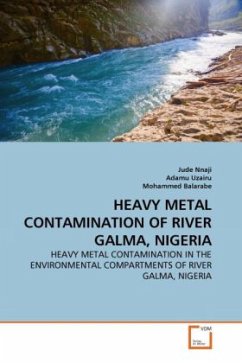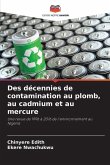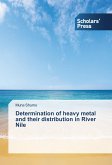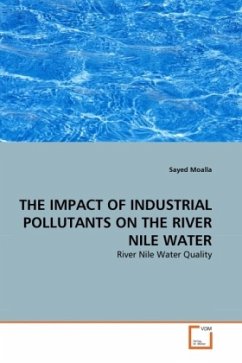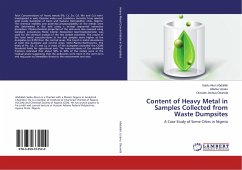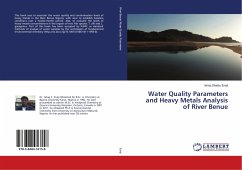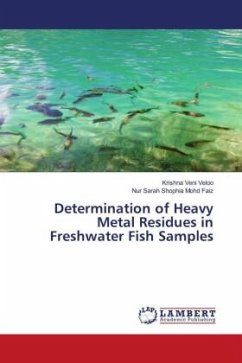Heavy metal pollution can occur from indiscriminate discharge of wastes into waterbodies and heavy metals are well-known toxins for man and animals. River Galma is the main drainage channel in Zaria and the river receives copious industrial effluents, agricultural wastes and domestic effluents including sewage from adjoining settlements. Thus, there is every possibility of contamination of water, sediments and fish in the River by heavy metals because of their persistence, toxicity and bioaccumulative nature. The few works on heavy metal loads in the River concentrates on river water and no work was found concerning Galma River fish or sediment as at the time of this study. This work investigates the concentrations of Cadmium, Chromium, Copper, lead and Zinc in the water, sediments and fish (O. niloticus and S. schall) River Galma with the aim of determining environmental risks and the suitability of fish for human consumption. The study will be of interest to students, researchers, health authorities and the general public.
Bitte wählen Sie Ihr Anliegen aus.
Rechnungen
Retourenschein anfordern
Bestellstatus
Storno

